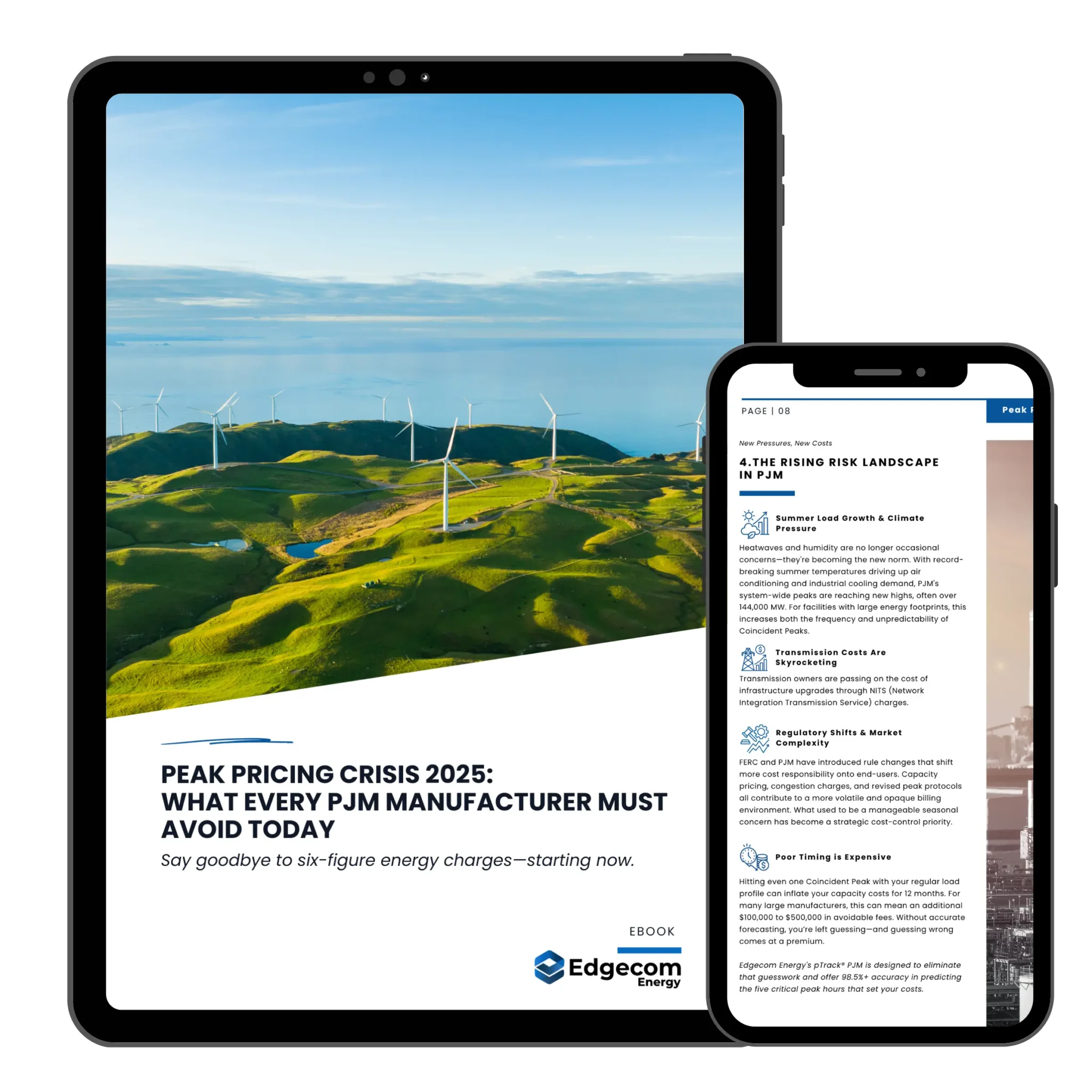
Ontario’s grid has been assessed as high risk of not being able to meet higher-than-usual demand this year by the NERC.
Ontario is at the forefront of sustainable energy initiatives, with a strong commitment to reducing greenhouse gas emissions and transitioning towards renewable energy sources. In this endeavor, Distributed Energy Resource Management Systems (DERMS) are emerging as a powerful tool to optimize energy consumption, maximize the use of distributed energy resources, and ultimately reduce energy costs for businesses and consumers. This article explores the potential of DERMS in Ontario’s energy landscape and how they can contribute to substantial cost savings.
Understanding Distributed Energy Resource Management Systems:
DERMS refer to advanced software platforms that enable the integration and control of various distributed energy resources (DERs), including Generators, Wind Turbines and Battery Storage Systems. These systems facilitate real-time monitoring, management, and coordination of DERs, enabling efficient utilization of energy resources while optimizing their dispatch schedules using complex algorithms to maximize the benefits.
Demand Response Optimization:
DERMS also play a crucial role in optimizing demand response programs. Demand response involves adjusting electricity usage in response to peak demand periods or grid constraints. By leveraging DERMS, businesses and consumers can actively participate in demand response initiatives, reducing energy consumption during critical periods and contributing to grid stability. This flexibility in managing energy demand helps avoid costly grid upgrades and peak-time charges, resulting in significant cost savings.
ICI Program Management:
The Industrial Conservation Initiative (ICI) program in Ontario has been instrumental in encouraging large industrial consumers to reduce their electricity consumption during peak demand periods. By utilizing Distributed Energy Resource Management Systems, class-A consumers can rely on the most impactful dispatching strategies without compromise.
Grid Resilience and Reliability:
Ontario’s electricity grid faces challenges, including aging infrastructure and weather-related disruptions. DERMS can enhance grid resilience by incorporating distributed energy resources as decentralized power sources. In the event of grid failures or outages, DERMS can dynamically reconfigure energy distribution, ensuring uninterrupted power supply through localized sources. This resilience not only minimizes downtime for businesses but also reduces the overall vulnerability of the grid to external factors.
HOEP Optimization:
Hourly Ontario Energy Price in Ontario is a derivative of Time-of-use (TOU) pricing mechanism that incentivizes consumers to shift their energy consumption to off-peak hours when electricity prices are lower. DERMS can play a pivotal role in HOEP optimization by intelligently scheduling energy-intensive tasks, such as charging BESS or running industrial processes, during periods of lower electricity rates. By leveraging DERMS capabilities, consumers can take advantage of lower HOEP rates, resulting in substantial cost savings over the long term.
In summary, as Ontario continues to prioritize sustainable energy and cost-effective practices, the adoption of Distributed Energy Resource Management Systems presents a significant opportunity for energy cost reduction. By seamlessly integrating decentralized energy sources, optimizing demand response, enhancing energy efficiency, promoting grid resilience, and capitalizing on HOEP pricing, DERMS can revolutionize energy management in the province. Embracing DERMS will not only contribute to a greener future but also yield tangible financial benefits for businesses and consumers alike, making Ontario a leader in energy cost reduction and sustainability.
